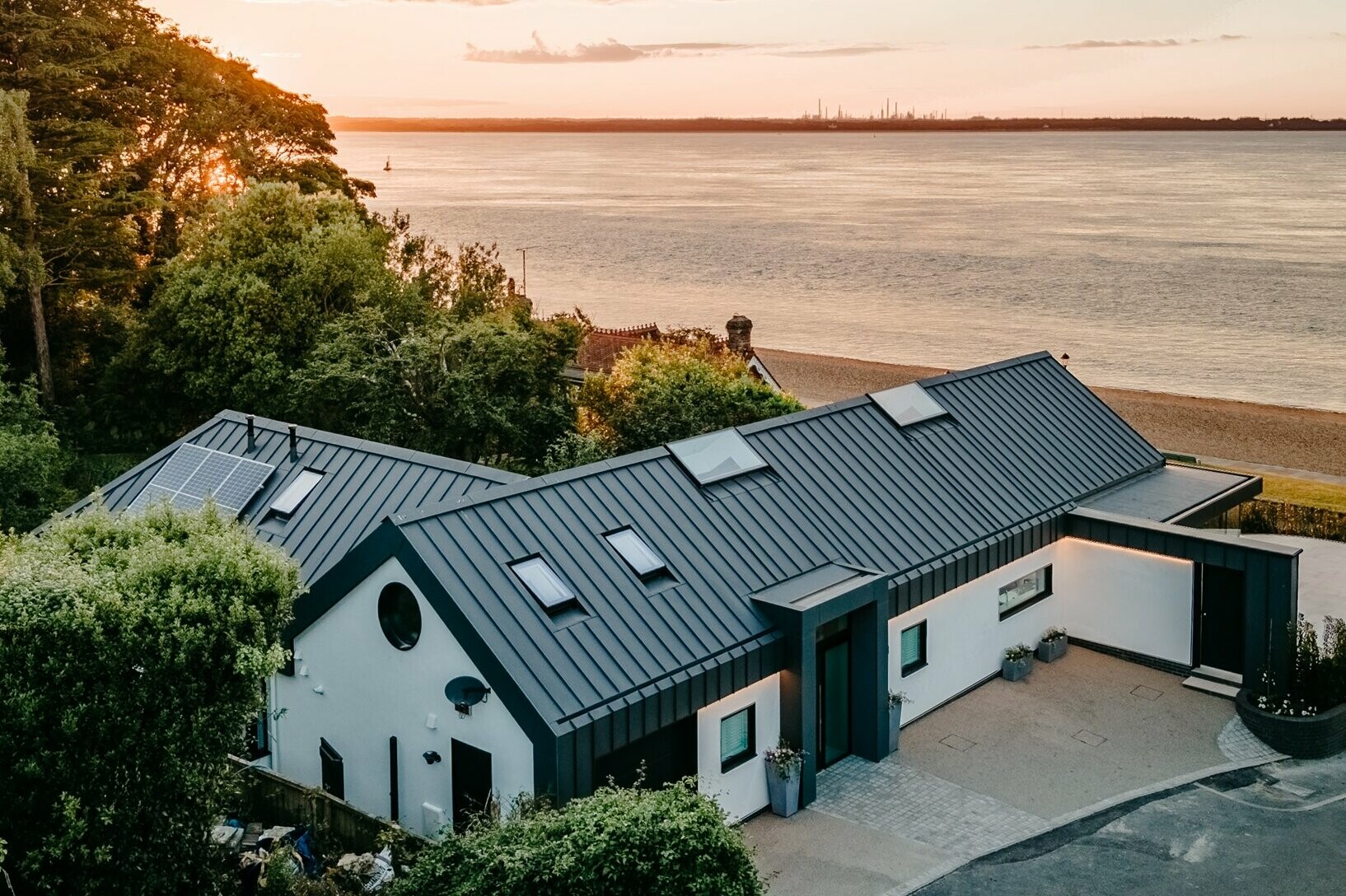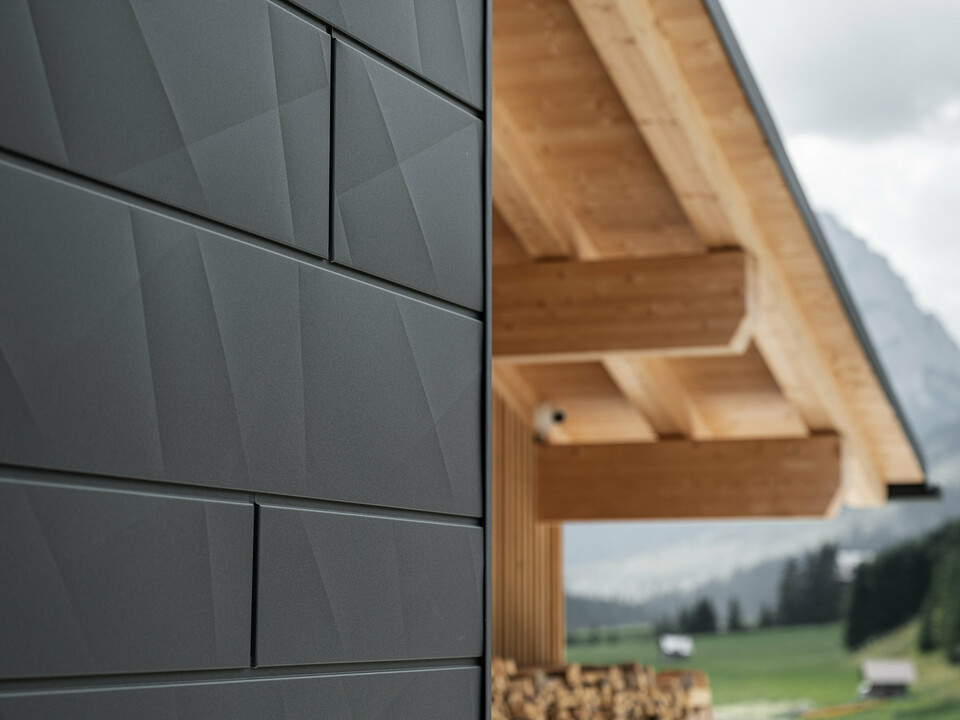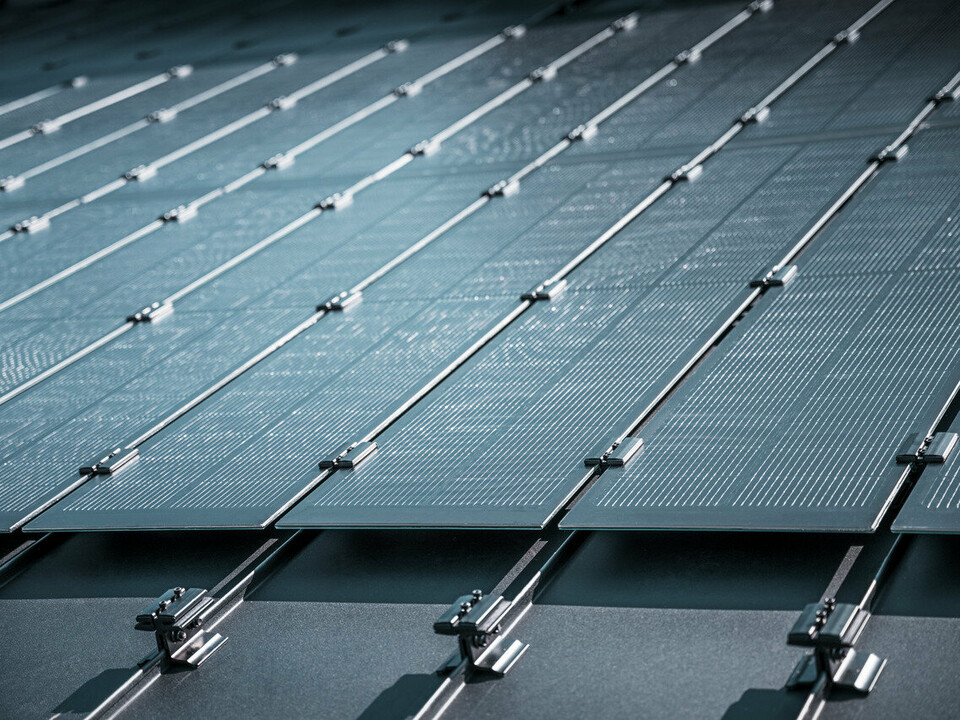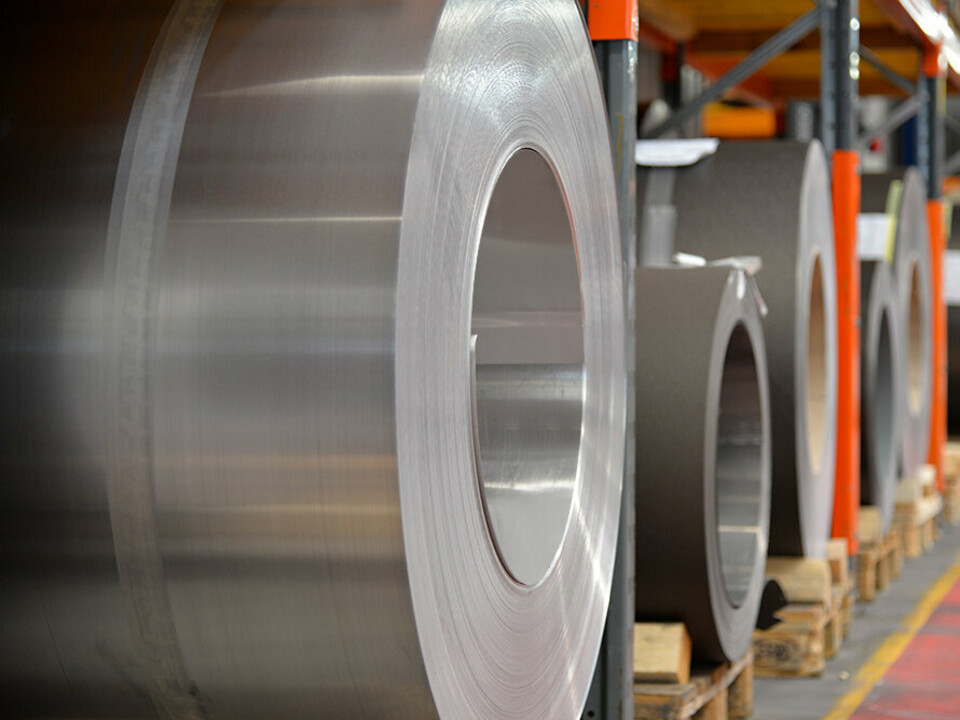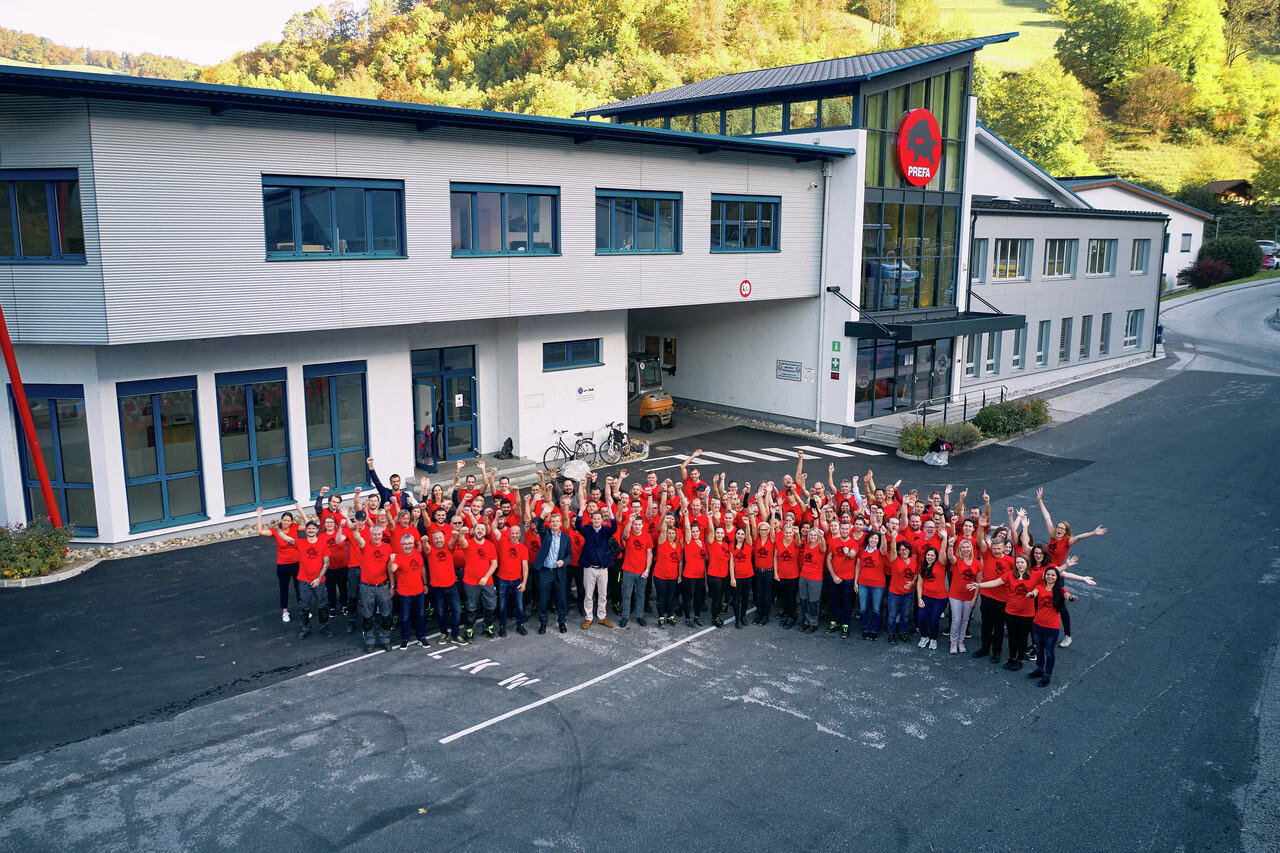Bobsleigh track with weather protection
On 10 February 1977, the world’s fourth artificial ice bobsleigh and toboggan track was opened in Winterberg, Germany. To this date, the “Erholungs- und Sportzentrum Winterberg GmbH” operates the track together with the two partners “Hochsauerland region” (50%) and the city of Winterberg (50%). Total length of 1,609 metres, curve radii from 16 to 55 metres and top speeds of up to 140 km/h – those are the figures of the Olympic Bobsleigh track. They indicate which physical forces are acting on the high-speed ice channel during races. After 35 years of operation, the ravages of time had left their traces on this system, and they had to be eliminated. “As the entire cooling technology of the track was replaced and modernised in 2011, it was also time to update the outfit to the current state of technology. Thanks to the financial support of the Federal and State authorities, the respective financial funds were provided so that the required renovation measures could be implemented in several construction stages. This is even more important as the bobsleigh and skeleton world championships will be taking place in Winterberg in 2015”, says architect and project supervisor Hans Jürgen Pultke. The objects affected are, amongst others, the existing track roofings, comprising a steel composite construction with timber sub-construction and a bitumen roofing shingle covering. In some parts, this material was so brittle that the ingress of moisture in the construction and the resulting subsequent damage had to be prevented for safety reasons. The customer’s assignment to architect Pultke from Dortmund, Germany, was that he should implement a maintenance-free, durable as well as modern facade and roof extension, to be finished by the start of the bobsleigh world championships, and to do all this within a fixed cost framework. Initially, they had to find a covering material that could replace the brittle bitumen shingles while complying with the high demands. From an economic point of view, it was discussed to use bitumen shingles again, but during the planning phase, Hans Jürgen Pultke was also looking for other materials that would fulfil the increased demands on the service life and have a higher-quality visual effect. Materials and installation systems had also to be adapted to the curved surfaces following the shape of the terrain of the track covering. And this is how a covering with small section PREFA shingles made from foldable coloured aluminium entered the race.
Metal wins the race
Their advantage was that no demolition costs for the old bitumen shingles were necessary as they could be used as a rain safe sub-structure for the PREFA shingles. The specifications for renovating the roof and facade surfaces with standing folding strips and facade shingles was therefore successful in the public call for proposal which plumbing and slate master craftsman company Menke from Winterberg-Silbach won. After a material sampling carried out on the bobsleigh track, the participants decided on using PREFA facade shingles in metallic silver. With the facade shingles, the rhombus shingle shape connects with the mechanical and visual material properties of aluminium. The material selected and the small section system for the curved wall surfaces of the ice channel are frequently installed in Alpine terrain due to their being maintenance-free. The shingle is encapsulated in the longitudinal and cross direction by its four folds, and with the adhesive attachment forms a fixed installed joining on the full casing that does not provide a working surface for snow and rain floating on it nor for strong winds. Moreover, the shingle adapts to the complex shape and directin changes of the bobsleigh track. Snow loads, drifting snow and strong winds do not lead to leaks nor to rattling noises.
Installed masterly
Whether it’s Sauerland slate or metal shingles - small section roof and facade systems are traditionally a specialty of the master craftsmen company Menke. But that is not everything. Modern metal facades and metal covers made from crafted folding systems, the creation of building ornaments as well as heating and solar systems are also included in the portfolio of this specialist company. Together with his wife Rita, Willi Menke founded the company “Meisterbetrieb Menke” that currently has eleven employees, back in 1978. After successfully completing his training as roofing master, plumbing master, gas and heating installation master, central heating and ventilation master engineer, he took part in the training course “Restoration craftsman” and became a member of the “Fachgruppe für Restauratoren im Handwerk e.V.” (association of specialist groups for restoration craftsmen). Since 1997, Willi Menke has been appointed as publicly appointed and sworn technical expert of the Arnsberg Chamber of Crafts for the plumber’s trade and is also a specialist for photovoltaics and solar thermal energy. His son Michael Menke has led the company in its second generation since early 2004. By now, he is in possession of four master craft titles: plumber, roofer, fitter and heating engineer, and he has received several awards in the scope of his vocational training. We asked Michael Menke about the special challenge of lining the ice channel: “There were two main things: the tight time window until the date of completion of the first construction stage and the tight corners. There are only a few months between the end of the season and starting the new racing activities. That is why we’re only able to progress in several construction stages. But we will get it done by 2015. We have already installed several thousand shingles and we know how we have to move on. The difficulty of the covering was that every curve has a different radius and thus also a different height. The tighter the curve, the higher the construction due to the centrifugal force. We also had to think twice about the inclined situation of the ice channel with regard to the installation direction of the shingles. With several tricks, however, we have managed to completely stick to the factory setting “cover to the left”. Hence we did not have to bend the shingles ourselves.
Ice channel with a new shine
The shingles for the covering have the dimensions 420 mm × 240 mm and are characterised by their time-saving installation. Weather resistance and freedom from maintenance were the most important criteria for the deployment of the system, as the changing weather from winter to summer at this highest point in Sauerland can really be extreme. The force-locked connection ensures the stability of the system during mechanical loads and movements of the construction when the bobsleighs are travelling down the track. An visual upgrade has been achieved by the new facade and roof covering, making the Olympic bobsleigh track one of the most modern bobsleigh tracks in the world today, not only from the inside. Construction stages two and three will be carried out in the next couple of years so that the renovation work of the track will be concluded just in time for the bobsleigh world championships 2015.
